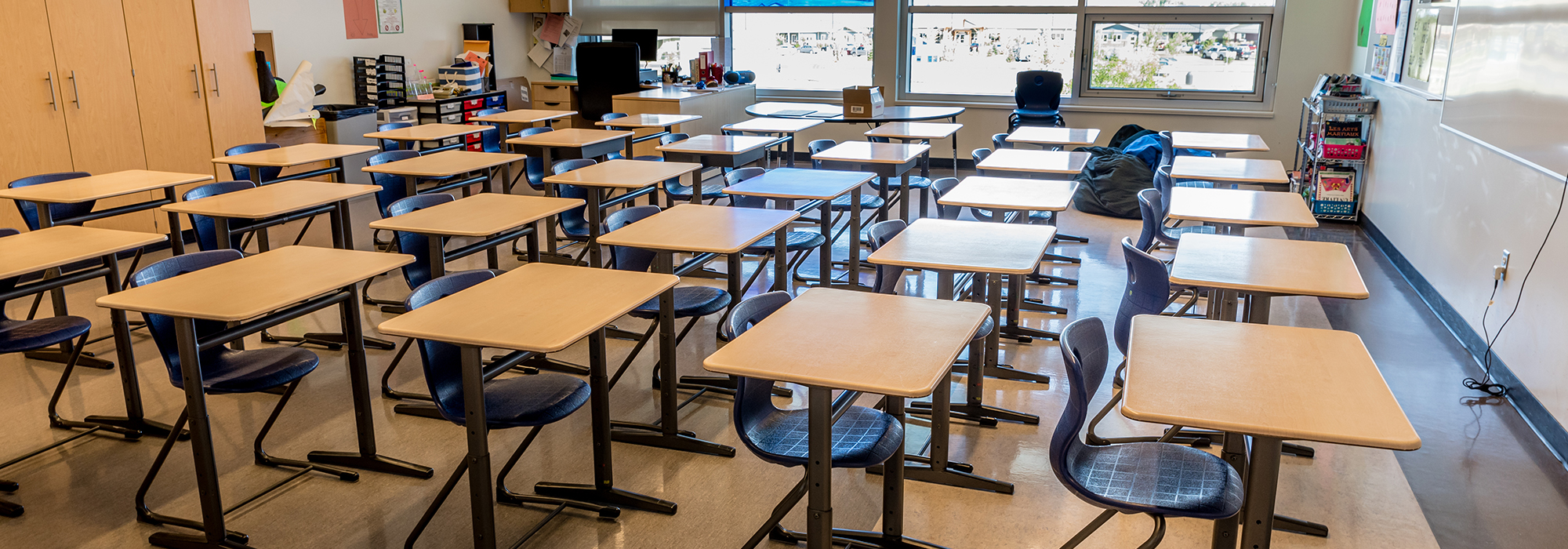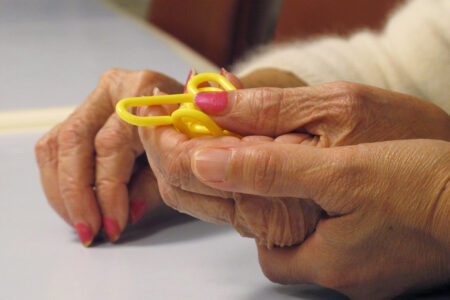
“Everyone is doing their best” was the prevailing narrative during the COVID-19 disruption affecting five million kindergarten to Grade12 students and their families. Coming out of a three-month suspension of in-person, face-to-face teaching and learning, the impact is becoming clearer: the coronavirus generation has fallen months behind, most housebound children were bored and disengaged, and struggling students have lost the most ground.
A CBC News Investigation conducted across Atlantic Canada in June 2020 sought to ascertain how students fared and performed during COVID-19 distance learning. Provincial tracking of student progress was spotty at best, and the answer from the Nova Scotia Education Department came in a terse email: “We do not collect data on student progress and engagement.”
That was not uncommon, and we are now learning that from province to province, education authorities were negligent in one of their primary responsibilities – monitoring and reporting on student academic and social development.
Nova Scotia was quite typical in its approach to public disclosure. Education officials were eager to share plenty of information about the proportion of students registered with Google Classroom (89 percent), the extent of internet access, the rolling-out of laptops to needy students and the mass distribution of 340,000 home learning packages. How many students checked-in, for how long each week and how much of the work was completed remains a mystery. Most troubling of all: no one knew how many missed out completely on distance learning. That was consistent right across the region.
Unprepared for the shutdown and thrown completely off-kilter, educational leadership slapped together “emergency” home learning programs. Perpetually optimistic technology-driven educators found “silver linings” amidst the dark clouds, progressive educators focused on responding to children’s “fears, anxieties and trauma” and global thought leaders rhapsodized about a “better normal,” where “Maslow triumphed over Bloom.”
With little warning, parents were expected to guide home learning with their housebound children. Guaranteeing student grades attained in March and lightening or suspending normal marking practices removed incentives to work through to the end of the year. It looked ominous, but most educators sounded upbeat, made the best of an unsatisfactory situation and retained some hope that it would all work out somehow.
What we know about the real COVID-19 impact on children and teens did not emanate from education officialdom. It was public opinion survey pollsters who stepped up to fill in the blanks. Back on May 10, the Angus Reid Institute broke the code: “Canadian children are done with school from home, fear falling behind, and miss their friends.” The kids, it turned out, were not all right.
Despite everyone’s efforts to bridge the disruption, the educational experience was decidedly substandard for the vast majority of students, and likely damaging for those without access to tutors and extra resources. The Angus Reid Institute provided a succinct summary of its worrisome findings:
- Over half of all children (ages 10-17) surveyed were most worried about “missing out on work” this school year and next, roughly equal to the proportion who feared getting sick themselves.
- Most children “attending” school online (60 percent) were unmotivated, not very busy with the work, but still “keeping up” with the reduced academic expectations.
- Children and teens spent the vast majority of their time glued to small screens, dominated by watching TV/Netflix, YouTube (88 percent), and playing video games (74 percent).
- Over half of teens ages 13 to 17 reported needing more help with their work.
- Missing seeing friends and participating in extracurricular activities was their biggest concern, but fewer than 1 in 10 (8 percent) were willing to concede that they missed going to school.
Children and families bore their share of the COVID-19 mental health impacts. The Ipsos Public Affairs Annual Mental Health Index survey, conducted in Ontario and released May 6, provided evidence of increased mental health and addictions challenges. Since COVID-19, more than half of Ontario parents (59 percent) noted behavioural changes in their child ranging from outbursts or extreme irritability to drastic changes in mood, behaviour or personality and difficulty sleeping/altered sleeping patterns. More children were also reported to have been suffering persistent sadness and experiencing feelings of hopelessness for a couple of weeks or more.
Missing so much regular schooling began to have lasting consequences. Learn-at-home guidelines outlined broad weekly homework expectations for students in hours, but, in most cases, lacked specificity when it came to teacher-led instruction. Many concerned parents asking pointed questions were answered with periodic accounts of heroic individual efforts or hopeful reports of “silver linings.”
Education reports out of the United States provided us with a much-needed wake-up call when it came to COVID-19 education realities. New York Times education reporter Dana Goldstein blew the lid off the real story demonstrating that by September 2020, most US students would be “months behind” with “some losing the equivalent of a full year’s worth of academic gains.”
The Boston Globe exposed the reality the of digital divide. One in five Boston public schoolchildren were found to be “unplugged” from Google Classroom, and significant technical challenges and language difficulties were keeping children from continuing school online.
Mining quantitative research into student use of Zearn, an online math program, a Harvard and Brown university research team reported that student progress in math between March 15 and April 30 decreased by 48 percent in classrooms located in low-income ZIP codes.
Very late in the year, with parental and public concern mounting, one Ontario school district broke ranks, surveyed its high school students, and released the results. The Upper Canada District School Board, based in Brockville, turned up evidence consistent with the earlier national public opinion survey. Most high school respondents (surveyed June 1 to 8, 2020) said that they either “dislike” distance learning (34 percent) or “struggle at times” (19 percent) with online studies. When asked what challenges they faced, 50.9 percent cited “engagement in learning at home,” the most prevalent response, followed by “workload or schedule of assignments.”
Unless and until education authorities are held accountable for reporting on COVID-19 student participation and school progress, it will all remain shrouded in mystery.
While most of the students surveyed appreciated the freedom to work at their own pace (72 percent), only one in eight (12 percent) felt that “academic support for coursework” was working well and slightly more, or 12.6 percent, reported “feeling connected to classmates and school.” The board’s survey, according to Ottawa Citizen reporter Jacquie Miller, confirmed that it was a “lukewarm to negative experience” for most high school students.
What the COVID-19 crisis demonstrates, in microcosm, is the extent of the public disclosure deficit in our provincial public education systems. Unless and until education authorities are held accountable for reporting on COVID-19 student participation and school progress, it will all remain shrouded in mystery. Suspending provincial student assessments in Grades 3 and 6 for 2020-21, as recently announced in Ontario, will further postpone the date of reckoning for the coronavirus generation.
Neglecting to track student progress and engagement during the three-month COVID-19 school shutdown is not really defensible. Parents and the public have a right to know how the system is performing, and educators need to know how much work has been missed by students. Knowing that the kids are not all right should spark a collective effort to put the pieces back together in September 2020 with a comprehensive, evidence-based learning recovery plan.
This article is part of the The Coronavirus Pandemic: Canada’s Response special feature.
Photo: A classroom in Swift Current, Saskatchewan. Shutterstock.com, by Nancy Anderson









